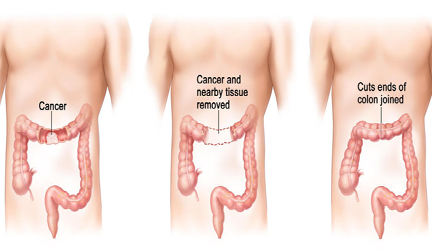- Timing: 8:30 Am to 7 Pm
- Call us: +91 9637257670 , +91 9730881414
- Timing: 7 Pm to 8:30 Am
- Call us: +91 9518519369
Call us: +91 9822433647

Cancer surgery, also known as oncologic surgery, is a cornerstone of cancer treatment and is often employed as the primary treatment modality for solid tumors. The primary goal of cancer surgery is to remove cancerous tissue and achieve complete tumor resection while preserving surrounding healthy tissue and organs to the greatest extent possible. Cancer surgery may be performed alone or in combination with other treatments such as chemotherapy, radiation therapy, targeted therapy, or immunotherapy, depending on the type and stage of cancer.